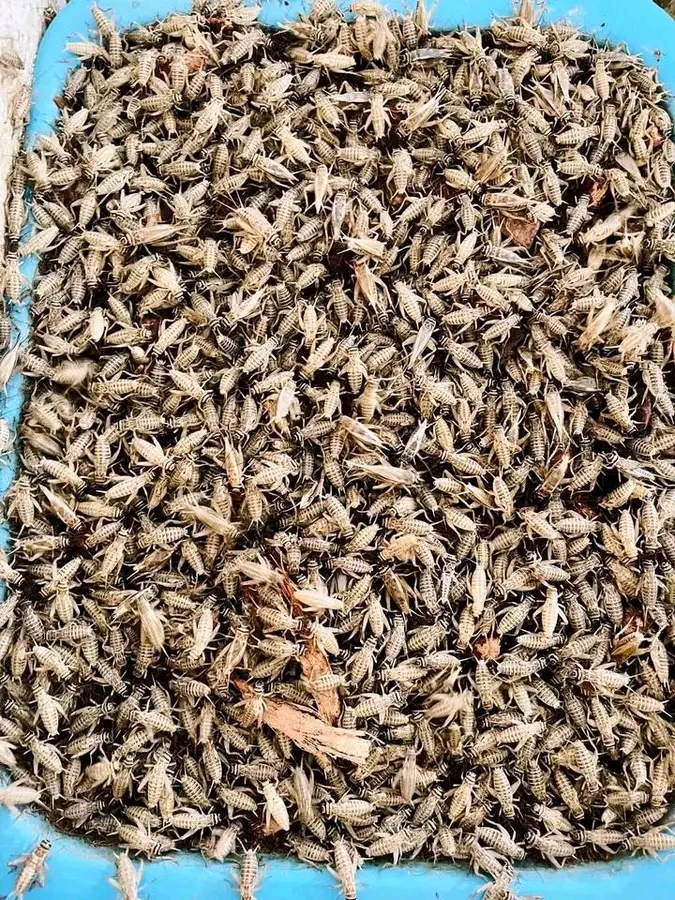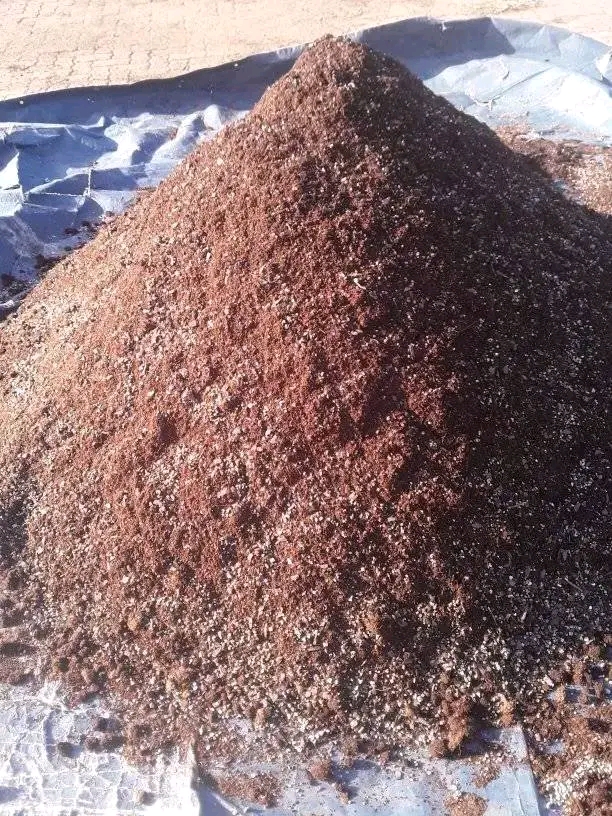
By George Munene
Previously producing crickets for their rich protein content to fortify baking and maize flour, David Williams of Aloe Feeds expanded to include animal feeds in July last year due to the exorbitant cost of feeds in the country.
“Crickets are a promising alternative/supplement to commercial poultry and pig feeds as they are a rich source of protein, cost-efficient to rear, and multiply exponentially,” the farmer based in Kisumu said.
Crickets contain up to 75 per cent crude protein, 6.90 per cent crude fiber, 26.90 per cent fat, and 78.90 per cent total digestible nutrients.
The crickets are harvested, sun-dried and ground using a feed-chopping/grinding machine.
“Poultry feed does not need to be finely ground. We mix in aloe powder to control intestinal worms and Newscastle disease as well as maize cobs for extra calcium,” Williams explained.
Related News: Eating crickets can end malnutrition in children
Related News: JKUAT trains farmers on cricket farming
He says this mix has reduced their production cost to a negligible amount, improved the growth rate of their chicken, reduced their mortality, and boosted their immunity.
“Pure kienyeji chicken that took up to seven months to start laying now takes just four. In pigs, farmers using crickets in their feed rations have also reported similar reductions in maturity rates,” he added.
Their protein content is double that of beef. They have four times as much iron as spinach and more calcium than milk. The lipid content is between 4.30 to 33.44 per cent of dry matter.

They are also flush with essential amino acids which are the building blocks for proteins in animals.
Crickets reach maturity in just six weeks at which point females can lay up to 100 eggs every day and 3,000 eggs in their lifetime. “In a 4M×4M room, a farmer can harvest up to 50 kilos of crickets daily.”
Related News: Growing insect protein demand by feed makers provides ready market for farmers
They are light feeders: “10,000 crickets can be sufficiently satiated with just 10 leaves of sukumawiki daily-- this means their cost of nutrition is minimal for the farmer,” David pointed out.
The farm sells cricket eggs for Sh4500 for a batch of 6,000 eggs.
The edible crickets market is projected to hit $9.60 billion by 2030. Across the world, crickets are the most commonly consumed insects. Insects are an excellent food as they are cheap and have minimal impact on the environment as well as being rich in protein.
Aloe Feeds: 0798572144
















Comments powered by CComment